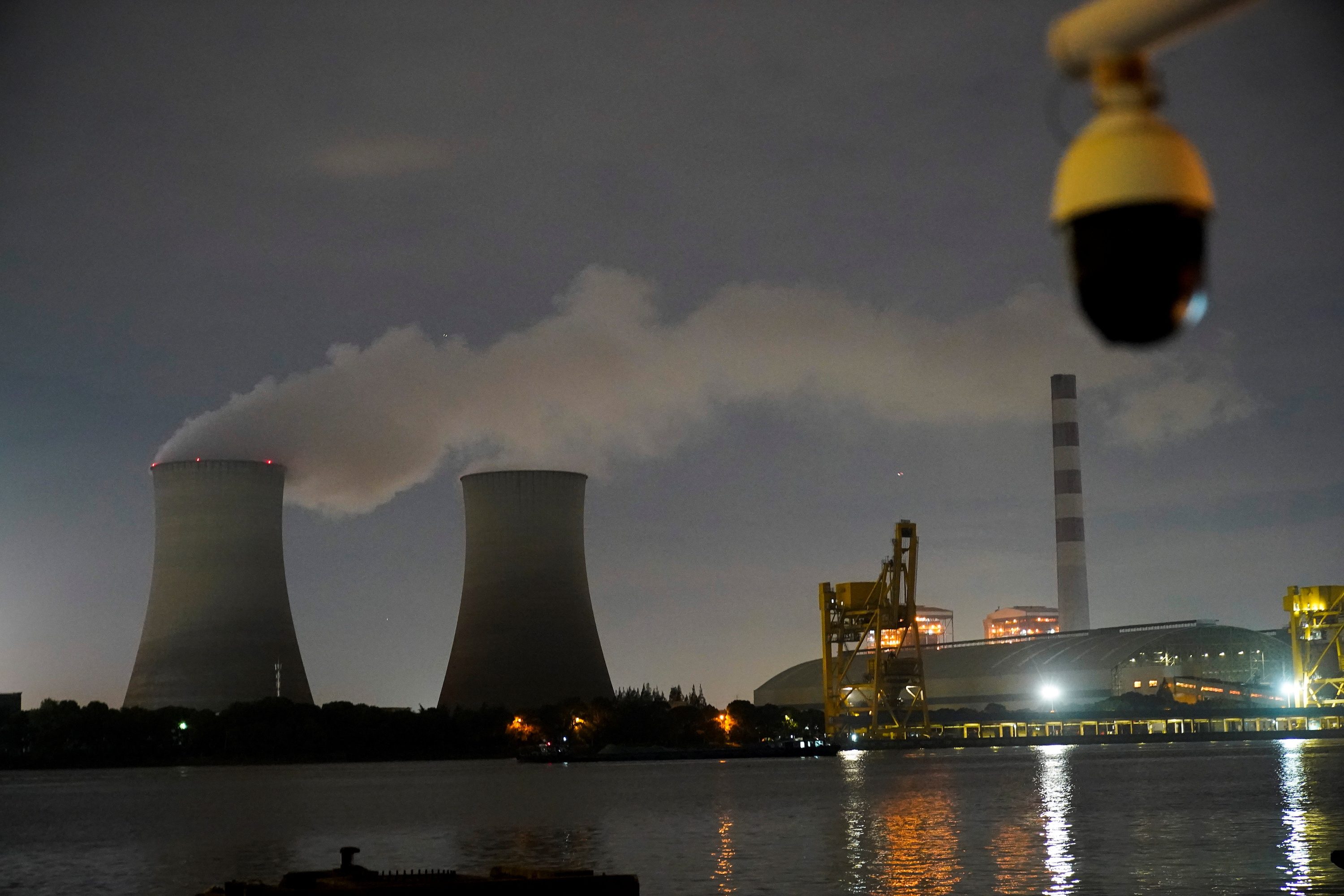SUMMARY
This is AI generated summarization, which may have errors. For context, always refer to the full article.

China’s power woes look set to intensify as coal prices rose to a record on Monday, October 18, following data showing supply of the fuel fell in September adding to concerns that domestic output may be unable to meet surging electric generation demand.
Shortages of domestic coal have driven fuel prices for Chinese power generators higher, causing the unprofitable companies to ration power to industrial users. That has forced some factories in the world’s largest economy to suspend production, disrupting global supply chains.
China, also the world’s biggest energy consumer, has enacted measures to increase the output of coal, which fuels nearly 60% of its power plants, but government data on Monday showed that those steps will take time even as power demand surges to meet post-COVID-19 industrial needs.
Coal output in China was 334.1 million tons last month, down from 335.24 million tons in August and 0.9% lower from a year earlier, data from the National Bureau of Statistics (NBS) showed.
September output averaged 11.14 million tons a day, according to Reuters calculations based on the data.
The National Energy Administration (NEA) last week said current daily output has climbed to more than 11.2 million tons, underscoring the slow pace of bringing meaningful supplies to market.
“The Chinese government is losing the battle to control soaring coal prices,” said Alex Whitworth, head of Asia Pacific Power and Renewables Research at Wood Mackenzie. “Despite efforts to increase coal supply, output fell in September due to weather, safety, and logistics challenges. Neither has China succeeded in reining in booming power demand.”
The NEA also reported September electricity consumption rose 6.8% from a year earlier and is up 12.9% for the first nine months of the year.
The supply and demand mismatch helped push Chinese coal futures to another record on Monday. Coal for January delivery, the most actively traded contract on the Zhengzhou Commodity Exchange, climbed by the upper trading limit of 11% on Monday to 1,829 yuan ($284.15) a ton, signaling a belief in a persistent coal supply crunch.
The spot price for coal in Shanxi province, China’s biggest producer, rose to a record 1,630 yuan per ton as of October 15, according to prices from SteelHome.
Last week, China took a big step in power reform by allowing coal-fired power plants to pass on higher costs to some customers, with an aim to encourage power plants to generate more electricity and ease their profitability pressures.
“Recent price liberalization for coal power utilities and industrial end-users is a signal that the government is not confident that it can control coal prices in the near future,” said Whitworth.
He expects higher coal prices will mean a 25% or more increase in end-user power prices, but it was unclear if higher power prices would reduce demand growth.
China’s mammoth economy, which cranks out electronics, toys, clothes, and equipment for global markets, is facing unprecedented factory gate inflation adding to manufacturers, exporters, and retailers concerns.
An e-commerce business owner surnamed Chen who sells items such as toothbrushes, plastic tubs, and dishcloths from the city of Yiwu in Zhejiang province, an exporting hub in eastern China, said “the entire city is carrying out the campaign of energy savings and emission reduction.”
Chen said the industrial park where he is based cuts off electricity once daily power use reaches a certain level, adding to delays in orders ahead of major domestic and international shopping festivals at the end of the year.
China has already vowed to crack down on projects that use large amounts of energy and have high carbon emissions as nearly two-thirds of the country failed to meet their energy-intensity and consumption goals. Energy hogging sectors such as steel and aluminum have been ordered to curtail production. – Rappler.com
$1 = 6.4367 Chinese yuan renminbi
Add a comment
How does this make you feel?







![[ROUNDTABLE SERIES] Powering up: Building a bright future with energy security](https://www.rappler.com/tachyon/2024/04/Omnibus-with-guests.jpg?resize=257%2C257&crop_strategy=attention)
![[OPINION] Fossil fuel debts are illegitimate and must be canceled](https://www.rappler.com/tachyon/2024/04/IMHO-fossil-fuel-debt-cancelled-April-16-2024.jpg?resize=257%2C257&crop_strategy=attention)

There are no comments yet. Add your comment to start the conversation.